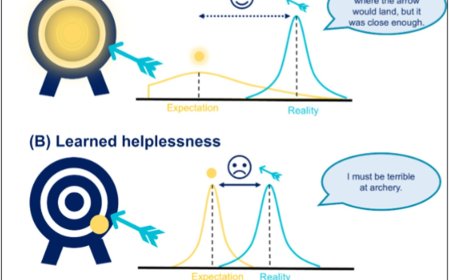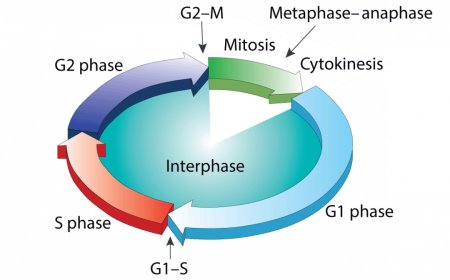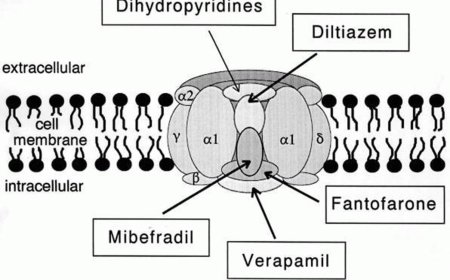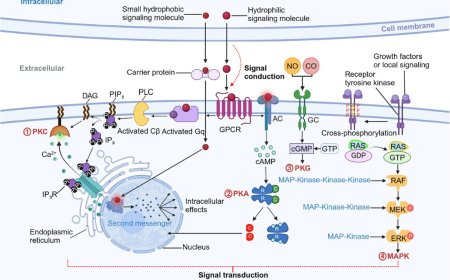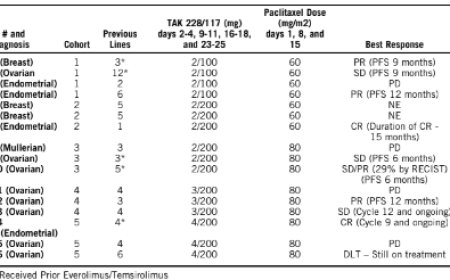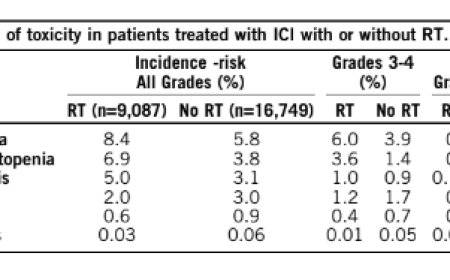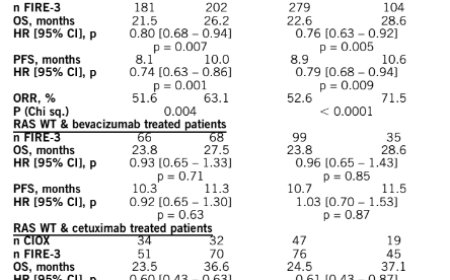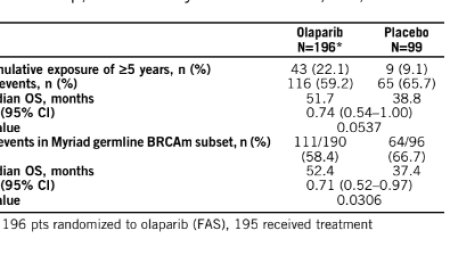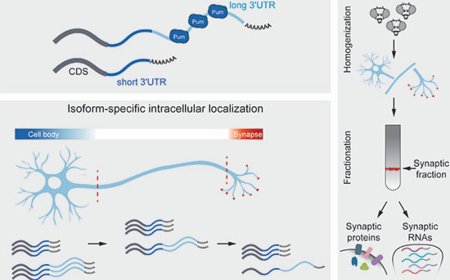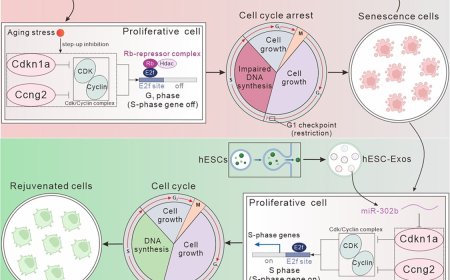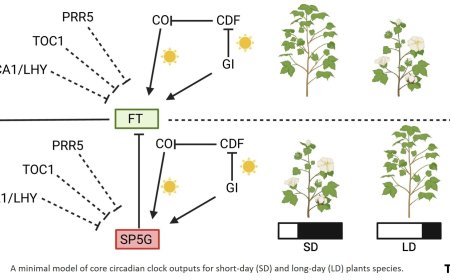Fixed and flexible perceptual rhythms

Our sensory inputs contain temporal structure often paralleled by neural dynamics, notably, in the form of oscillations. How do we align neural processing with the input to optimize perception of sensory streams?
Flexible rhythm accounts propose that neural oscillations align flexibly with sensory rhythmic information. Fixed accounts instead suggest more rigid neural dynamics determined by different intrinsic processes.
The authors highlight this apparent incompatibility between existing accounts. To resolve these and other issues, they propose that sampling rhythms reflect statistical (Bayesian) learning of the temporal properties of inputs, determined by several sources.
We process the sensory world according to the probability with which the combination of sources has predicted information at that time. This mechanism can integrate constraints to determine optimal sampling.
https://www.cell.com/trends/cognitive-sciences/fulltext/S1364-6613(25)00123-8


